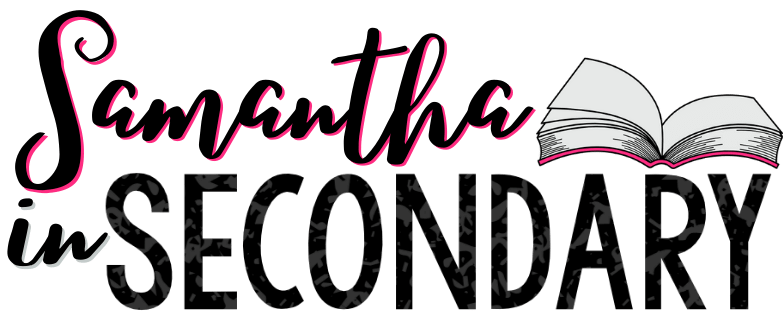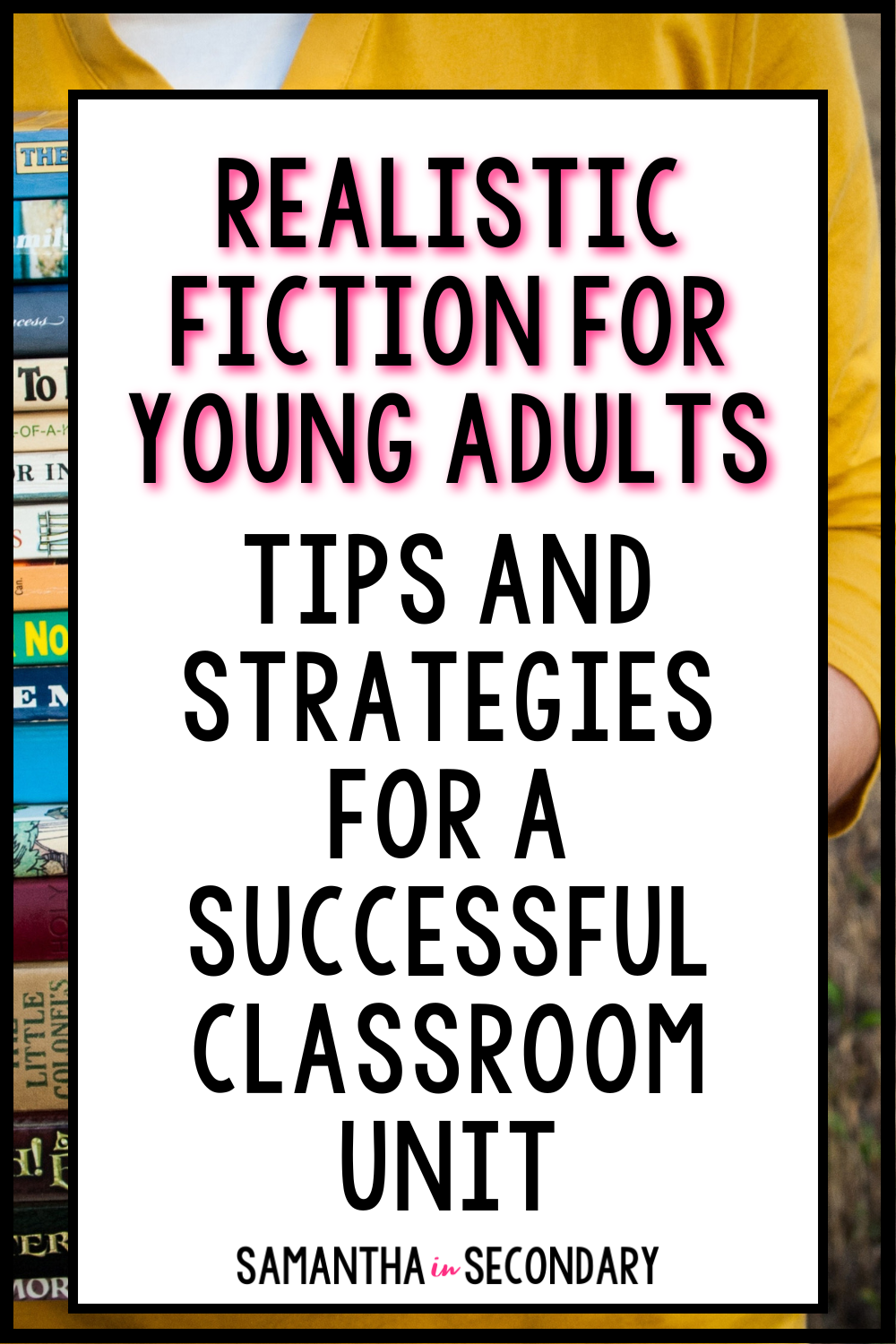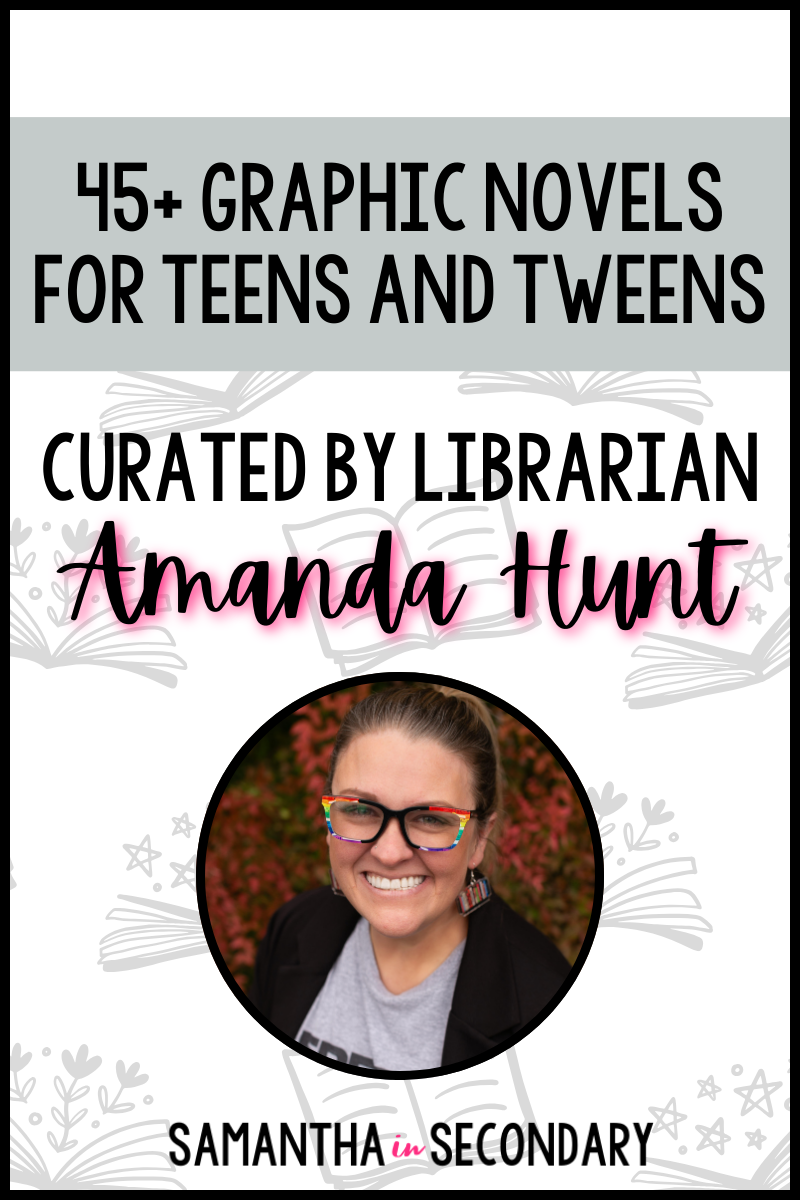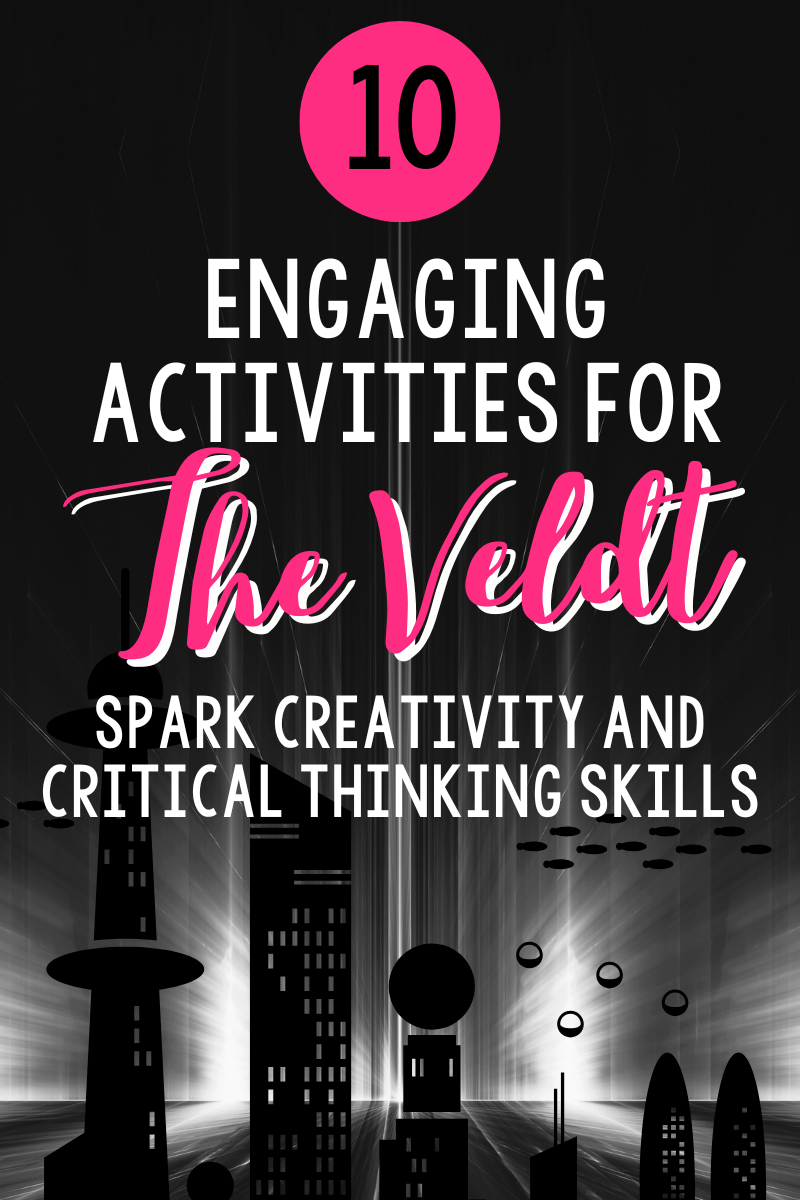Note: This blog is a guest post written by educator Allyssa Graham, a National Board Certified high school teacher from New York. Follow Allyssa for more teaching tips and strategies on her Instagram @teachingintheflx.
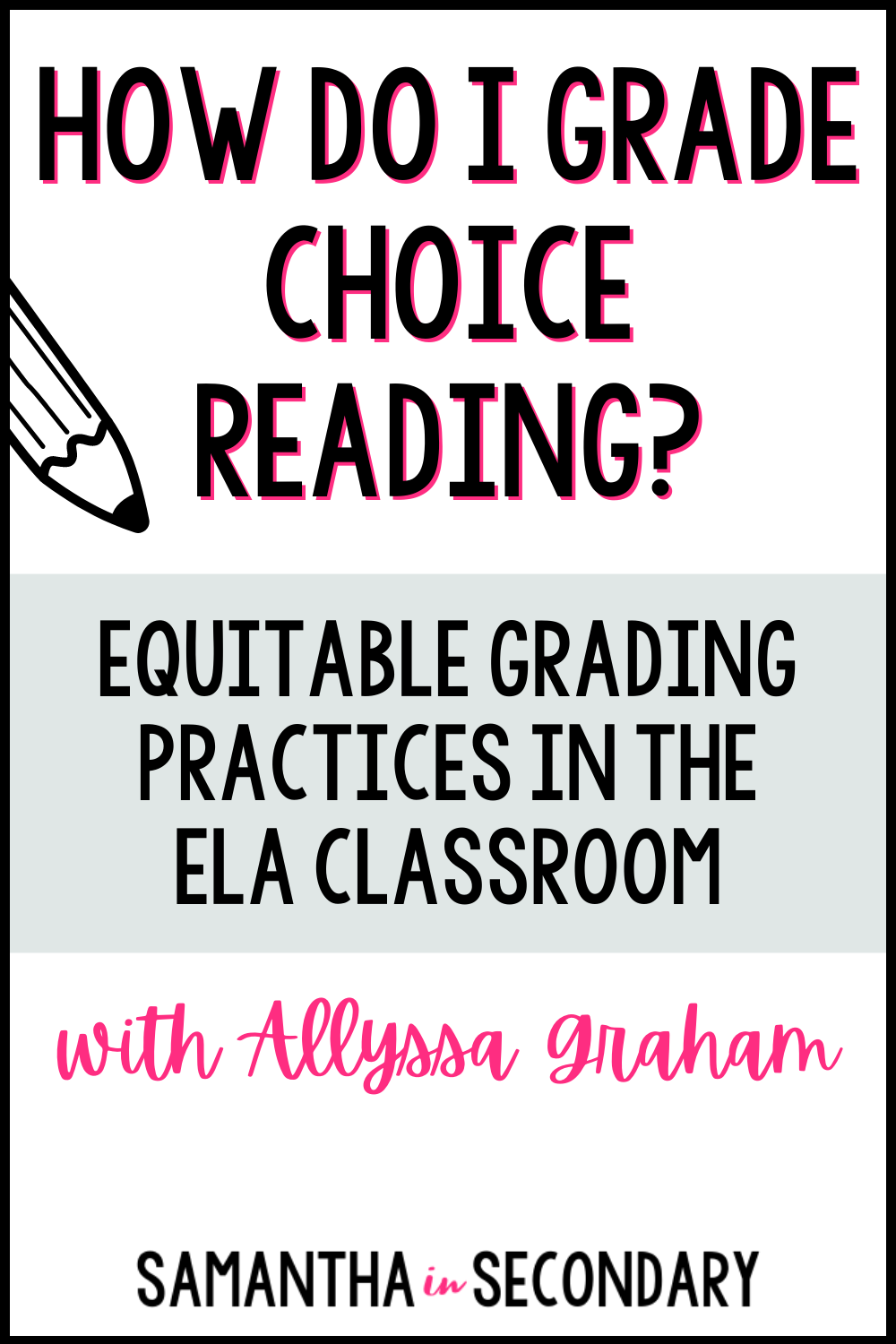
Several years ago, I began incorporating required choice reading into my ELA classroom. I had read numerous books by Penny Kittle, Kelly Gallagher, and Donalyn Miller to name a few, and I was hooked. The evidence was clear – when students had the time and opportunity to read something of interest to them in school, they became a better reader and writer.
Every day for the first ten minutes of class, we participate in a reading sprint. Students read a book of their choice (literally anything they want) and keep track of how many pages that they successfully read in ten minutes. I model my own reading habits by reading my own book.
Over the years, I grappled with the idea of grading choice reading. My primary goal was to build the love of choice reading again for my students, knowing that many of them were fake reading their way through school. I wanted to hold them accountable, but I also didn’t want to attach a number to something that was meant to be an enjoyable practice.

To Grade or Not To Grade?
One thing that I’ve come to realize is that not everything has to be graded. Let me say that again – not everything has to be graded. Ah, what a relief. Sometimes students just need the opportunity to learn without a grade attached to it. This allows them to feel comfortable to take more risks in their learning and be more creative rather than working on an assignment simply to get points for it.
Since my goal is to help students love reading again, I want to grade as little as possible. Instead, I focus on challenging them without penalizing them.
Daily Page Numbers
At the beginning of every class, before we begin our reading sprint, I go around the room with a clipboard and a list. Students tell me what page number they are starting on and if they started a new book, they let me know the title. Sometimes they ask me to recommend a book to them and I go on a brief hunt for some titles that I think they will enjoy. This comes from building relationships and getting to know my students’ interests, likes, and dislikes. If I notice that a student isn’t reading (and I can tell because of the daily page numbers), I’ll do a quick check-in with them.
Check-Ins
Once we establish reading sprints as a daily habit, I will start check-ins with students. I prioritize students who I notice are either struggling to find a book that speaks to them or are fake reading. In the past, I’ve called them to a horseshoe table to conference away from their peers so that others can focus on their books. This year, I met with them briefly at their space to chat. We chat about how the book is going, what they’re enjoying or disliking about it, and what they’re considering reading next.
Challenge Boards
At the start of the second semester, I put together a BOOKS challenge board for my classes. I used prompts from the PopSugar Reading Challenge. I selected prompts that were high school appropriate and could be accomplished by the end of the school year. I asked students to complete any 5 boxes that they were the most interested in and it did not have to complete a full column or row. In the prompt box, they had to write in the book title, author, and a rating. The challenge board encouraged them to try books that were out of their comfort zone. My school librarian helped me out and created online bookshelves that aligned with each prompt for students to easily find titles that would fit in boxes. I also displayed books by category in my classroom for easy access. We would check in occasionally throughout the semester and students would share books that they enjoyed and books they were not fans of.

But I Have To Grade Something…
Everything that I shared so far are formative, ungraded assignments. Through these assignments, I learn more about my students and how they are making progress as a reader. By taking away the pressure of attaching a grade to reading, students are more willing to try choice reading for fun.
However great it is not having to input tons of grades, there does need to be some solid evidence that demonstrates students’ growth as a reader, and this unfortunately comes as a grade in the gradebook. All the formative work we’ve done gives a base for students when it comes to more of a summative assignment.
Choice Reading Projects
In the first semester, I assigned a choice reading project each marking period (we have 6 in total). Each project is creative, while also requires students to demonstrate their mastery of skills with certain standards. Projects included one-pagers, book talks, flat lays, TikTok characterization trends, soundtrack/playlists, redesigning the cover, and creating a book trailer. (Samantha has tons of ideas here if you need more inspiration.) Projects were displayed around the room in a gallery walk style after they were completed. Students were able to view the projects and take notes on book titles that stood out to them that they would be interested in adding to their “want to read” list. When grading the assignments, I always assessed the mastery of skills, not the creativity (that’s a bonus!). I grade on a scale of 5-10, where a 5 is only given if a student does not turn in the assignment. I often use a rubric or checklist to note where students are successful and where they are struggling. I use this information later to guide intervention opportunities.
Collaborative Reader Workshops
In the second semester, I tried something new with my sophomores. I had just finished reading Choice & Voice: How To Champion Lifelong Literacy Through Collaborative Reader Workshop. The premise is that once a month, faculty members are welcomed into the classroom to participate in book discussion groups with students. Everyone shares about the book they are reading, focusing on a specific skill to discuss. Students complete a one-pager analysis ahead of time. Students pick a prompt from a list of skills that they wish to focus on. They write about the prompt, citing specific text evidence, and reflecting on how the skill they practiced helped them as a reader. They are able to bring this to the discussion day to share with their group.
I grade the one-pager analysis, not the discussion. If a student is absent for discussion day, they aren’t docked points for not being there, but they are still expected to complete the one-pager analysis to show mastery of skills. As Fleck and Heinemann note, “The discussion, however, is worthwhile even without a grade attached, since it allows for community building and fosters positive experiences surrounding literacy” (57). Having faculty members share books they’re reading helps to build a stronger culture of reading throughout the school and provides students with the chance to converse about books with people they don’t normally associate with as readers.

If we want students to love reading, we have to take the pressure of grading off of it. Providing flexibility and opportunity to take risks, while ensuring that the mastery of skills is happening, is going to build a love of reading again faster.
For more engaging education content, follow Allyssa on Instagram @teachingintheflx. Thanks to Allyssa for sharing her time and expertise with us!



